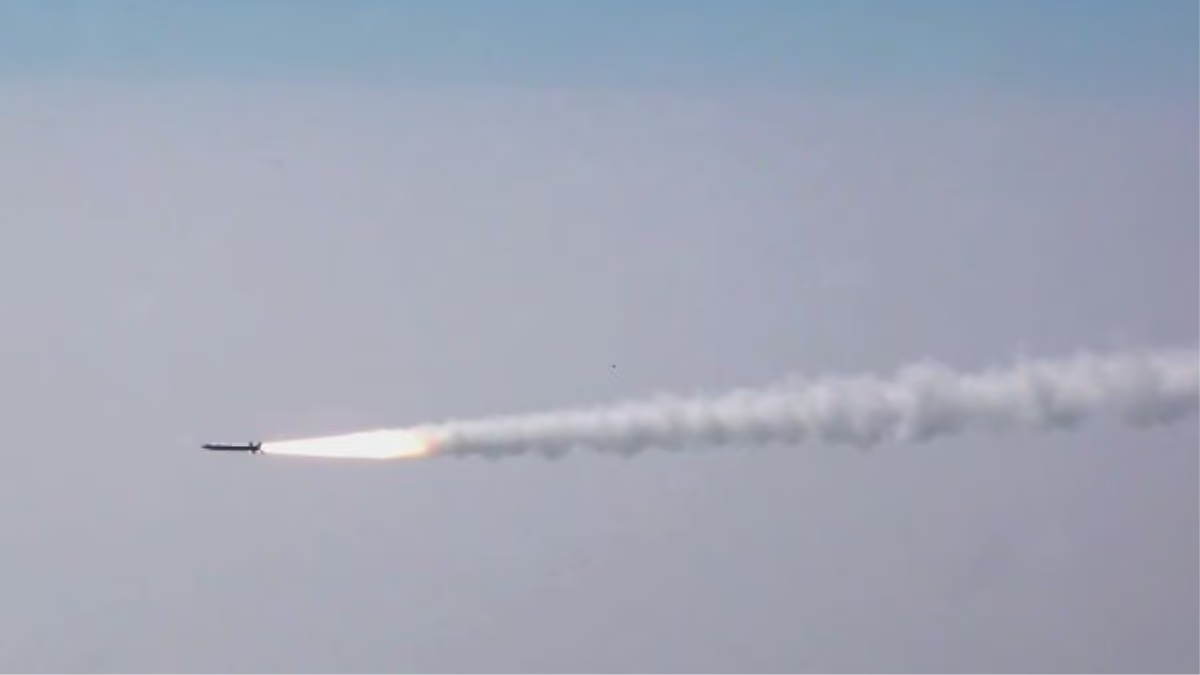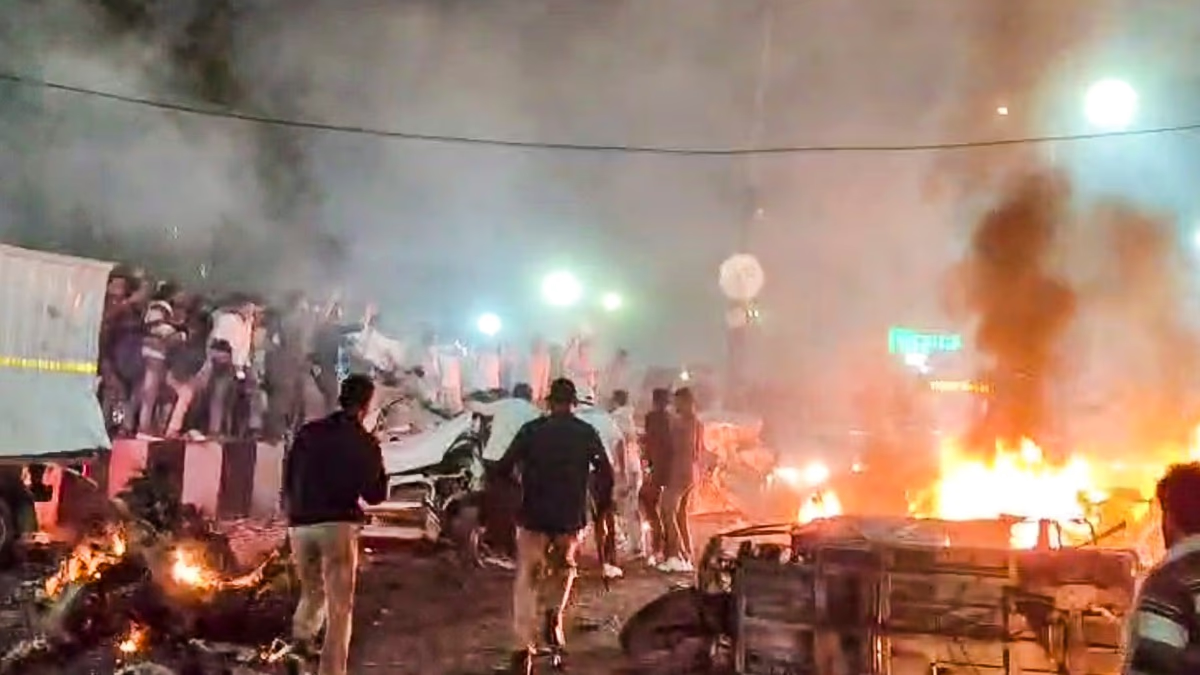Israel has avenged Iran's missile attack after 25 days. On the morning of October 26, 100 Israeli fighter jets unleashed a massive missile strike on 20 Iranian military sites. The targeted sites included Iran's missile and drone facilities. Israel dubbed this operation as 'Operation Days of Repentance,' which means Days of Atonement in Hebrew. Let's delve into how Israel executed this mission.
Israel used its elite fighter jets and missiles for precision strikes on Iran's army bases, carried out in three stages. These strikes utilized fifth-generation combat aircraft.
1.
F-35: Capable of vertical takeoff and landing, this fighter jet reaches speeds of up to 1975 km/h and can soar to heights of 50,000 feet.
2.
F-15I Ra'am: Known as the F-15 Strike Eagle, it achieves a maximum speed of 2656 km/h with a combat range of 1272 km and ferry range of 3900 km, reaching altitudes up to 60,000 feet.
3.
F16I 'Sufa': Equipped with a unique helmet system that targets enemies simply by tracking them through the pilot's gaze, integrated with the jet's radar and weapon systems.
These three fighter jets are proficient at covering nearly 2000 kilometers. They were accompanied by the Rampage long missile, a long-range air-to-ground precision supersonic missile. Standing 15 feet tall and weighing 570 kg, it's GPS-guided and designed to counter Iran's S-300 defense system. Israel also deployed next-generation Rocks missiles, a creation of Israeli company Rafael Advanced Defense Systems, designed for attacks in GPS-denied territories at high-speed targets. All these are air-to-surface missiles.
Why were oil reserves not targeted?
The Israeli military abstained from targeting Iran's oil reserves and nuclear sites to prevent the conflict from escalating to a critical level. Focus was placed on military sites, executing attacks on 20 missile and drone bases in three phases using 100 fighter jets. Initially, the offensive targeted radars to disable Iran's air defense system, followed by relentless missile barrages on military installations.
10 Fighter Jets Provided Constant Cover
In the final phase of the attack, Israeli fighter jets zeroed in on Iran's drone bases, attacking in groups of 25-30. Among them, 10 jets conducted missile strikes while the others provided cover. Throughout this operation, Israel and the U.S. maintained their air defense systems on high alert for any retaliatory strikes.
According to Iran, the Shiite-majority nation claimed its air defense systems engaged Israel's attacks in Tehran, Khuzestan, and Ilam State, limiting the damage inflicted.




